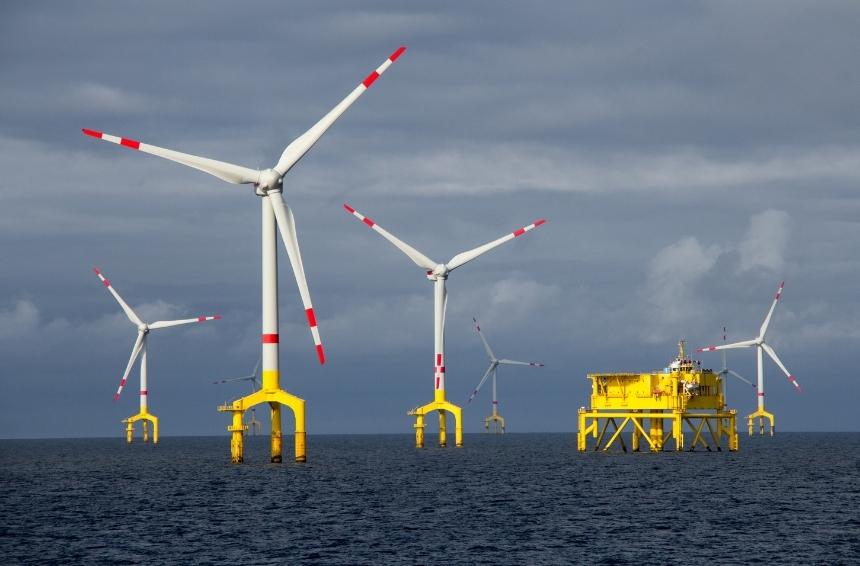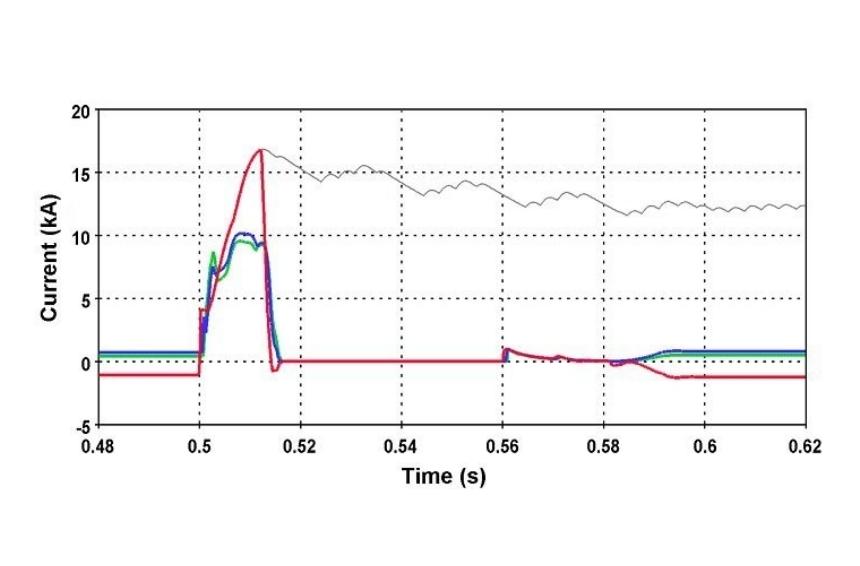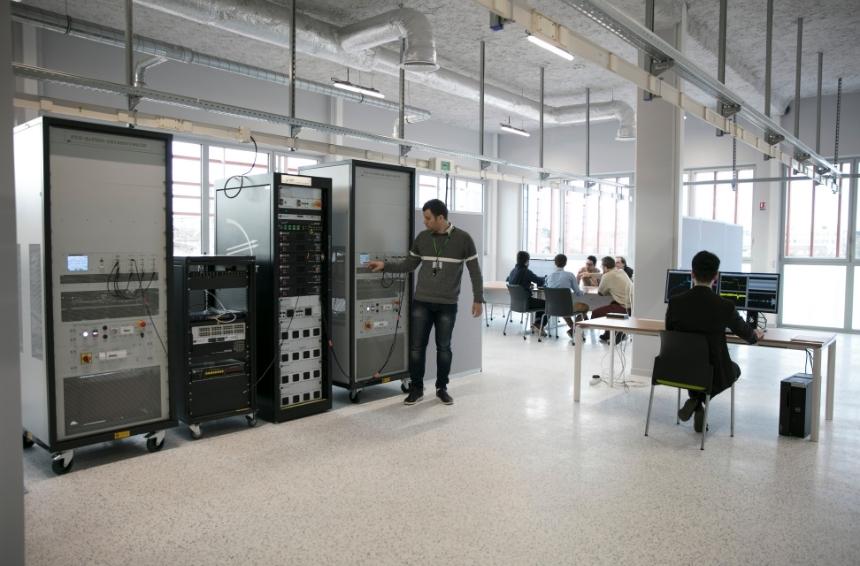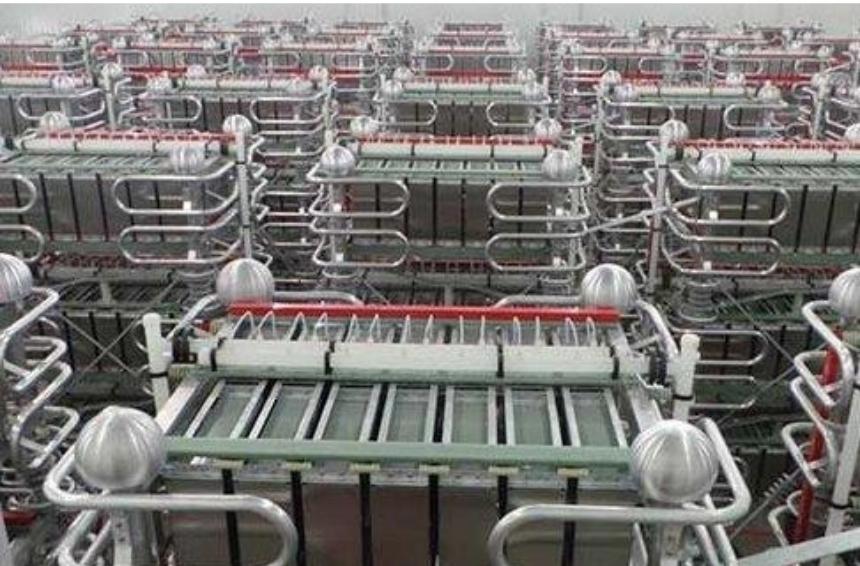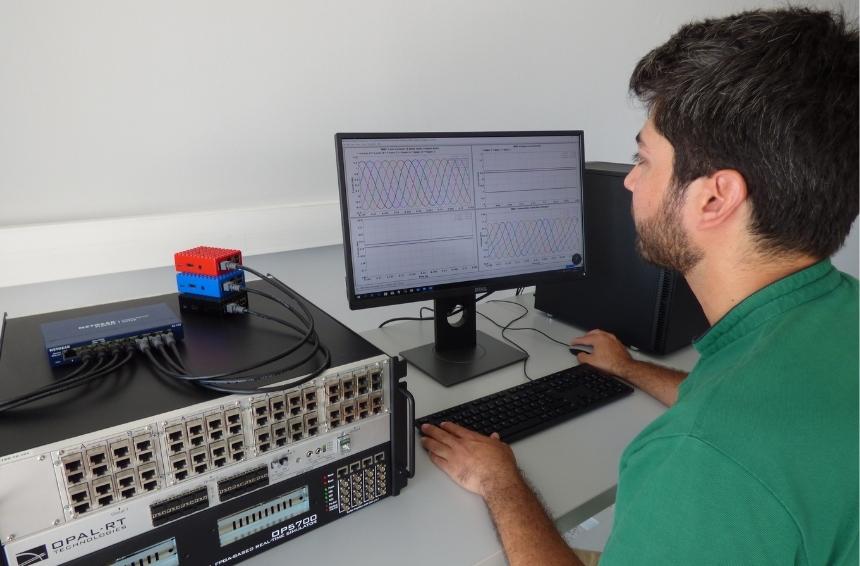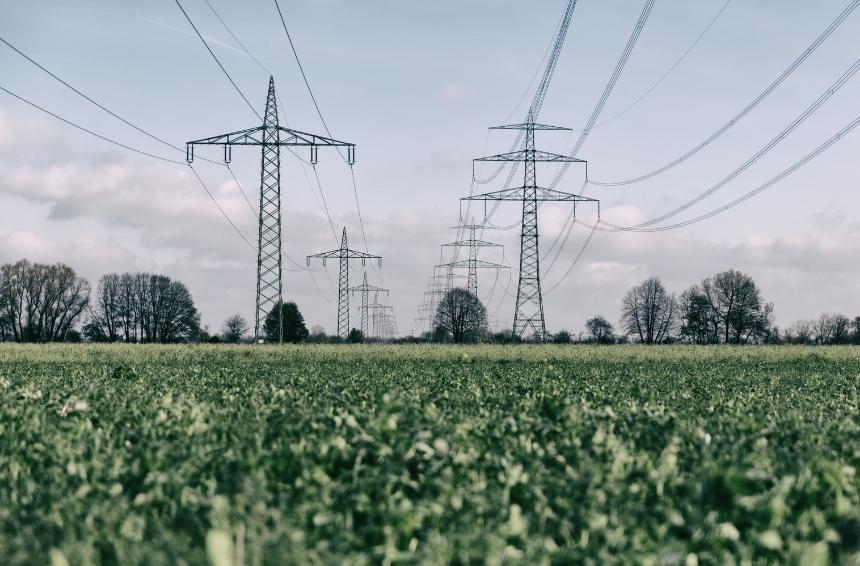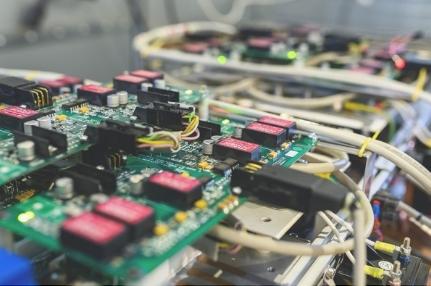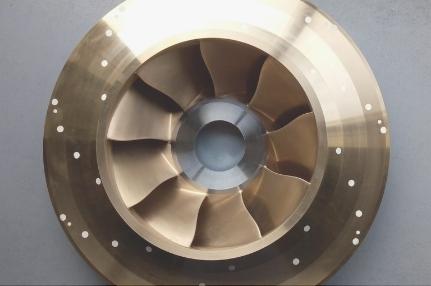Supergrid Architecture & Systems

“To make the energy transition a success, electricity grids must have the capacity to integrate renewable energies on a massive scale, via direct current (DC) components. SuperGrid Institute provides expertise to develop the technologies and associated analytical methods needed to guarantee the smooth operation of interconnected AC and DC networks.“
Jean-Baptiste HEYBERGER, Department Director – Supergrid Architecture & Systems
SuperGrid Institute’s experts work to overcome the technical challenges confronting DC grids. We develop technologies to control and protect the stability of HVDC and MVDC networks, which need to be much more dynamic than AC networks. Defining the requirements for the key components of DC grids or combined AC-DC power systems and designing and simulating the technical performance of these systems are key to our work.
We employ real-time, electromagnetic transient simulations with accurate, built-in models of power converter control systems to demonstrate how a system will perform when a new technology is integrated into the network (for example, a new protection strategy).

Recent publications
Influence of MMC control philosophies on Multi-Terminal HVDC Design and Expandability
the influence of different control philosophies for Modular Multi-level Converters on the design of MTDC grids’ control and protection is investigated and discussed.
InterOPERA: establishing the foundations for a multi-vendor, multi-terminal HVDC system
InterOPERA project's Deliverable 3.3(B) establishes the technical foundations for a multi-vendor, multi-terminal HVDC system
Development of Frequency-dependant DC equivalent models for Multi-terminal DC grids
This paper highlights two DC grid equivalent models: a simple RLC model and a frequency-dependent reduced-order model.


